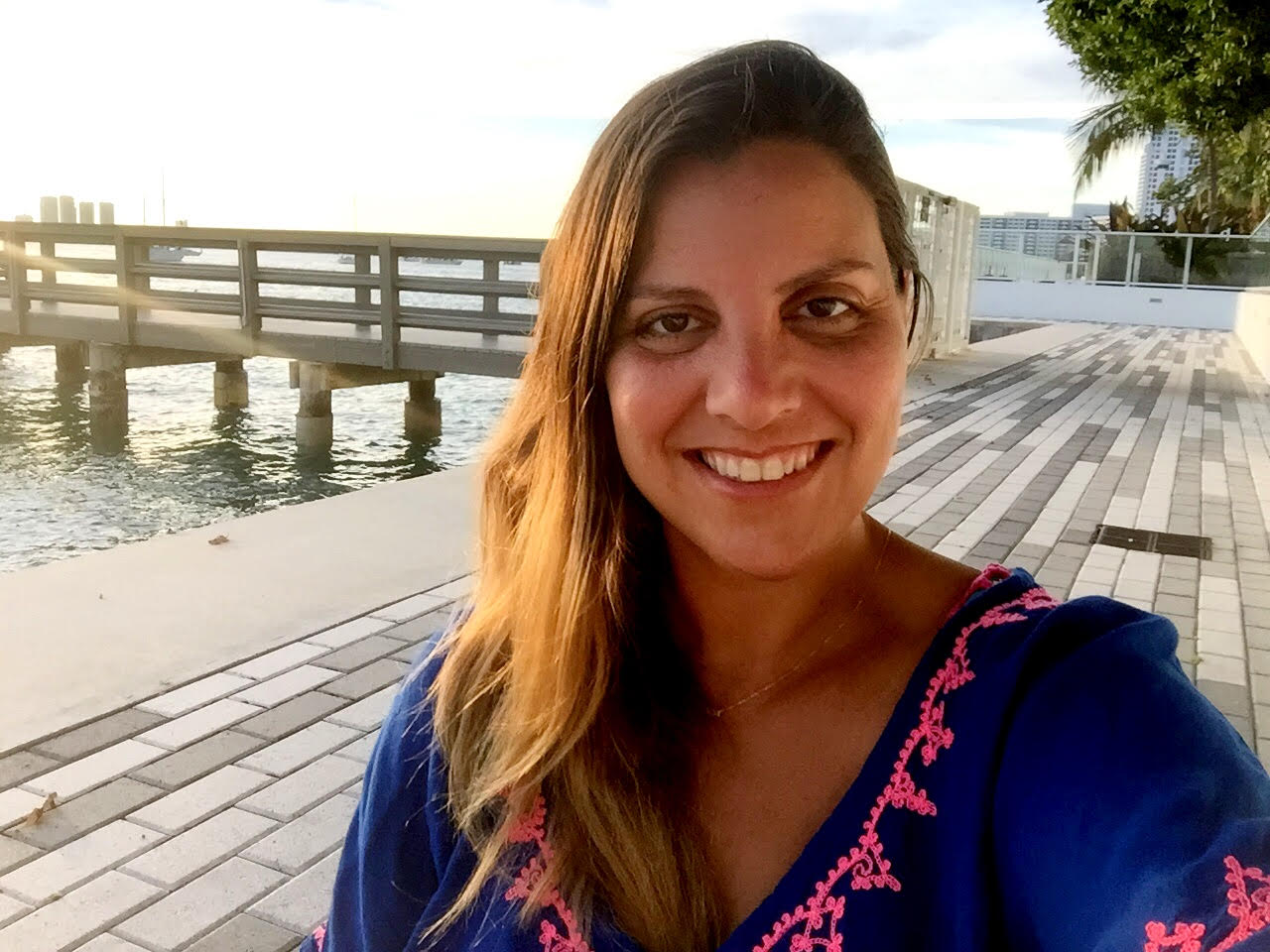How taking Art classes can help with Language Learning
- Ileana

- Nov 1, 2021
- 3 min read
Updated: Nov 15, 2021
It was May 2020, we had been working on moving our operations online. Language learners were bravely finding new and creative options to make progress on their language goals and we were lucky to be able to provide live Conversation Practice & Coaching on a daily basis, across borders and time zones. In many ways we were all learning much more than languages.
Through one of our students, we met the wonderful Janeth Francel, a talented artist and gifted teacher from Colombia. She had been looking for a creative project that would allow her to share her talents and help others. On our end, we had been wanting to add some more playfulness and variety to our conversation practice events...
And so, the idea of offering bi-lingual Spanish-English drawing lessons was born.
Overnight, our Let’s Draw! en español ✍️🇪🇸 event became one of our highest in ratings and attendance with groups ranging in size from 9, all the way to 30 participants - connecting from all over the world to work on their drawing skills following instructions in both Spanish & English.
Fast forward to present-day and, 18 months later, we’re still holding this weekly event, and even some of our students who were with us in the very beginning continue to show up every week!
There are many lessons we’re learning from this weekly drawing exercise. Today we’re sharing the first two lessons and in the next few weeks we’ll be sharing more...
As you’ll see, what we’re learning from working on our drawing skills very much applies to the process of language learning…
Have fun! When we’re drawing, we’re engaging our motor skills to create something completely new, even if we’re trying to reproduce a drawing - the end result is always an original - it has our own unique signature and is therefore perfect. This is very much the case when we’re practicing a new language - we take the information we’ve learned to put together new sentences - the end result is always an original - and therefore it has its own inherent perfection, independently of grammar or pronunciation.
Don’t make assumptions! When we’re first presented with a new target drawing, we immediately have an idea of how things are going to go, how we’re going to go about to create it. Yet, with the guidance of an expert, we learn new ways to go about creating a piece in stages - instead of looking for a shortcut to the end result, we learn about working in ‘layers’ to get a final result that is much richer and interesting - full of beauty! We can think of the drawing we’re working on as a metaphor for our knowledge of a particular language. Just like there are many layers to the drawing, there are ‘layers’ to learning, and, as we progress we start to see how the different layers complement each other - our knowledge of vocabulary and grammar grows alongside our verbal comprehension, we become more confident in our ability to create phrases and our pronunciation is enhanced when we take all of these factors and put them into practice in a conversation. As language enthusiasts - to us this is also a thing of beauty!
Each week, we’ll share two more lessons / tips so be sure to Subscribe.
In the meantime, you’re invited to join us for our weekly Let’s Draw! en español ✍️🇪🇸 event every Wednesday at 5pm EST. Even if Spanish is not one of the languages you’re learning, everything is translated to English so you can follow along.
Thanks for reading and happy drawing / language learning !
 | < Here's Janeth's drawing...  ^ and here's the drawing we were able to make with her expert guidance... |









Comments